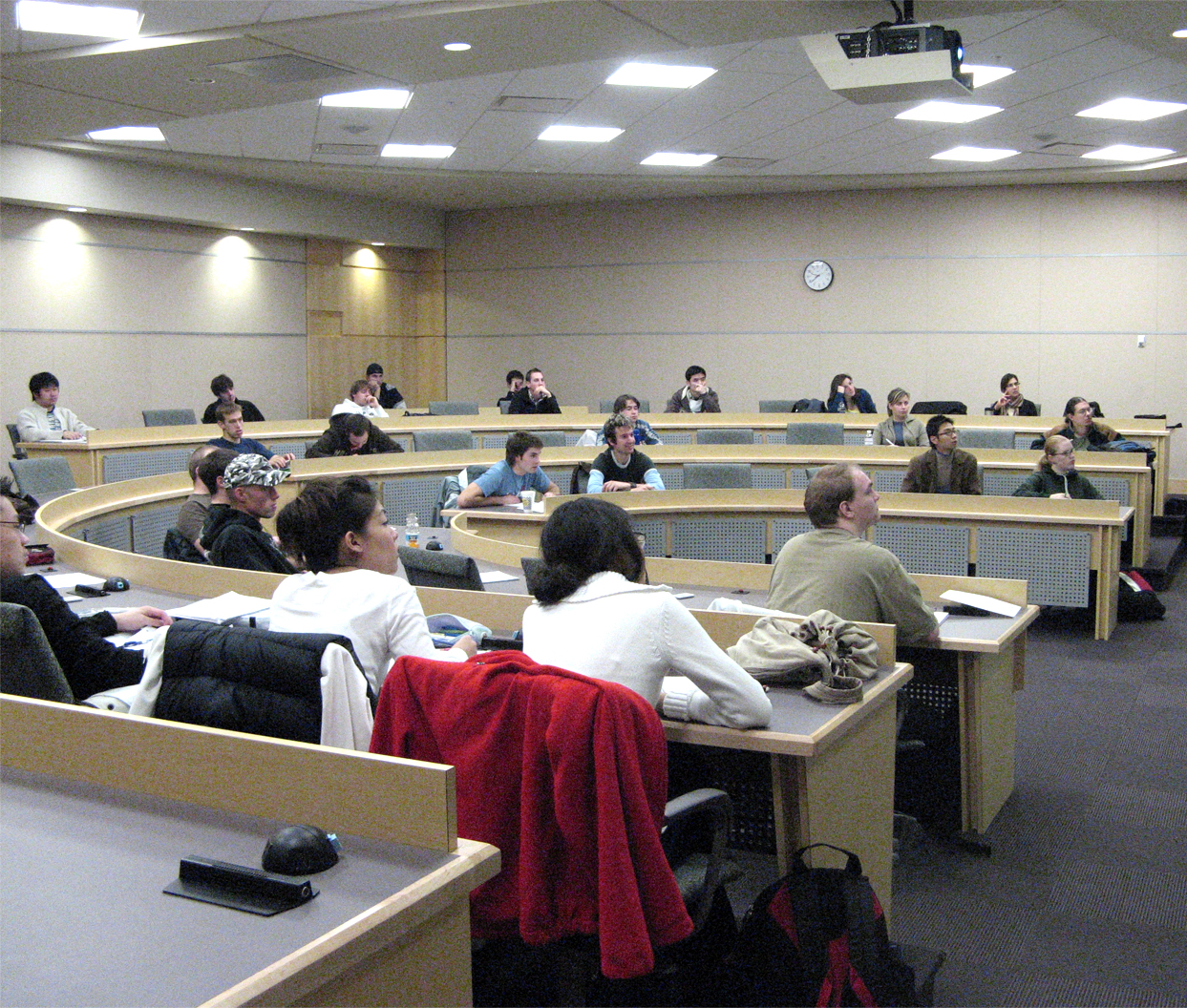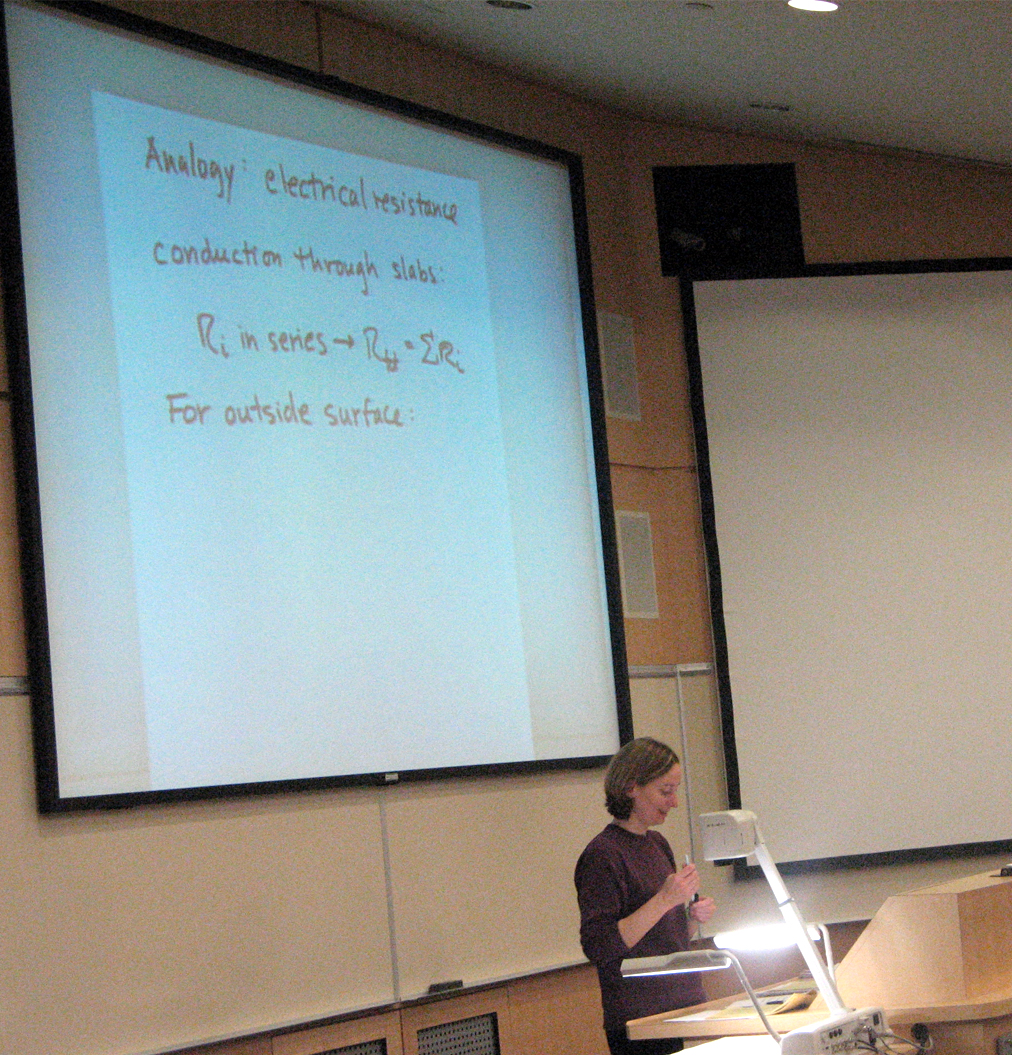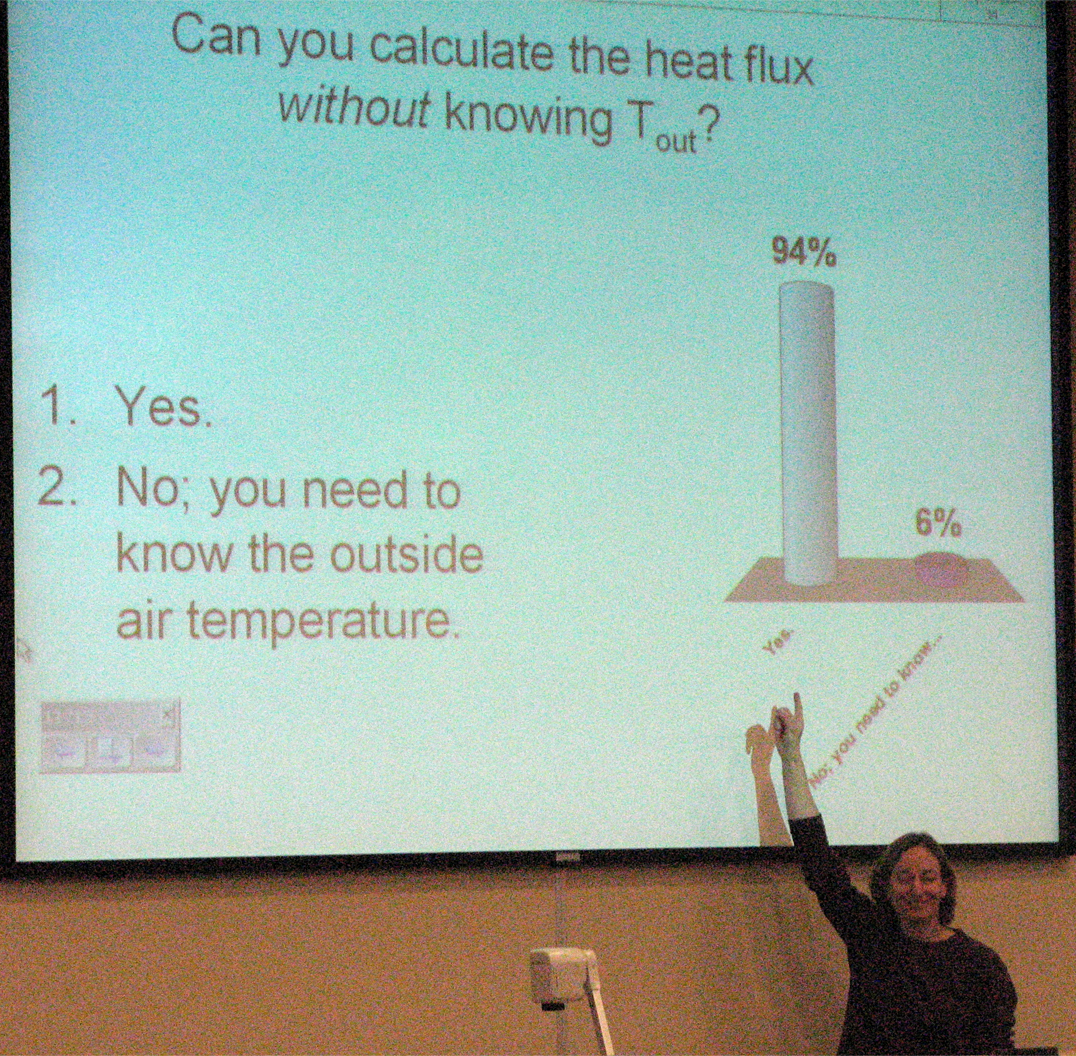

| TTI Home · Projects · Classroom Technologies · Resources · Our Teams · Upcoming Events |
2006 Project Report
Class Description - Physics 261: Physics of Energy 
I worked as both Project Coordinator and Graduate Assistant for Teaching with Technology Initiative (TTI) at University of Alberta since fall 2006.This job has been a valuable working and learning experience for me. Role of Project Coordinator As the TTI Project Coordinator, my major responsibilities are collaborating with E-development officer, instructors, graduate assistants, classroom support technicians, and technology trainers in integrating various advanced technologies into the undergraduate and graduate courses supported by the project in a relevant way that strengthens content and course objectives. As most of the technologies are new to instructors and graduate students, I have worked collaboratively with technology trainers from both U of A and the companies to identify the training needs and provide in-time training sessions. I have organized trainings on various technologies including Elluminate, TurningPoint, Sympodium, Student Response System. I have worked as a liaison with project network ensuring the technical problems are resolved. I have ensured that related resources on adopted technologies were provided to all instructors and graduate assistants in a timely manner. I have also taken other administrative responsibilities as the project coordinator, including re-locating technical support human resource when necessary, organize regular team meetings, keep the record of timesheets, conformant the team communications on course evaluations and website development. Role of Graduate Assistant
To benefit students with a variety of learning styles, various educational technologies were used in and out side of the class, including WebCT Vista, PowerPoint, the TurningPoint Student Response System, and an Elmo visualizer. I provided assistance on developing, updating and uploading WebCT course materials in PPT/PDF/HTML format; starting up and preparing the classroom computer and TurningPoint Student Response System; distributing TurningPoint keypads to the students and collecting them afterwards; scanning and editing lecture notes generated from class instruction into PPT and PDF formats for posting on WebCT. I also offered suggestions to the instructor based on my observations in the classroom; for example, student reaction to the TurningPoint system was most enthusiastic when students worked in small groups to answer questions. Lots of positive changes happened in the class during the term: students became more engaged in the class when they got the chance to respond to questions designed by the instructor. Students were more interactive in the learning process through group discussions. The WebCT materials (such as lecture notes) enabled students to review the content after classes. Meanwhile, the instructor was better able to understand studentsí learning needs and outcomes through their responses to questions. The instructional technologies used for this course include:
 
|
|
Copyright © 2006 University of Alberta. All rights reserved.
Search · Contact Us · Site Map |